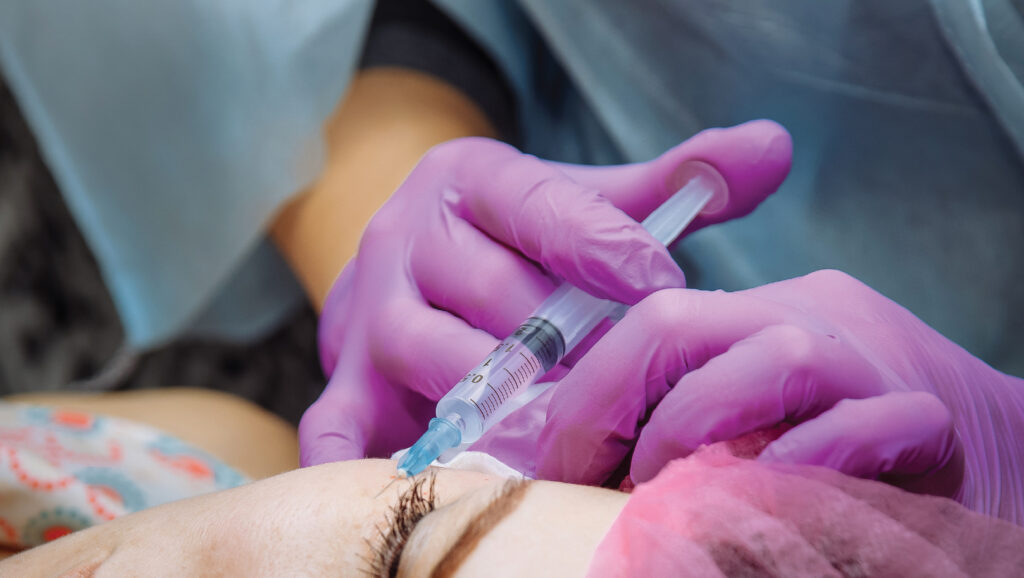Judicious use of sunscreen remains the best way to prevent photoaging, but now new research suggests that cross-linked hyaluronic acid soft tissue fillers may reverse the dermal changes associated with photoaging.
The study appears in Experimental Dermatology.
Cross-linked hyaluronic acid injections can stimulates production of new type I collagen in the dermis. The filler does so rapidly, stimulating collagen production within several weeks of injection, and is long-lasting, promoting the accumulation of more collagen over the course of a year, the researchers suggest.
These findings indicate how the filler improves the appearance of skin in the short-term — a combination of space-filling and collagen. Additionally, since newly formed dermal collagen lasts many years, the findings also provide insight into how the filler can promote long-term clinical improvement, months or even a year after injection.
“A single injection of cross-linked hyaluronic acid dermal filler can lead to rapid and long-lasting improvement of skin by stimulating collagen deposition, and furthermore, repeat injections may add more collagen, eventually reducing the need for re-treatment,” says Frank Wang, MD, the William B. Taylor Endowed Professor of Clinical Dermatology at University of Michigan Medical School in Ann Arbor, in a news release.


